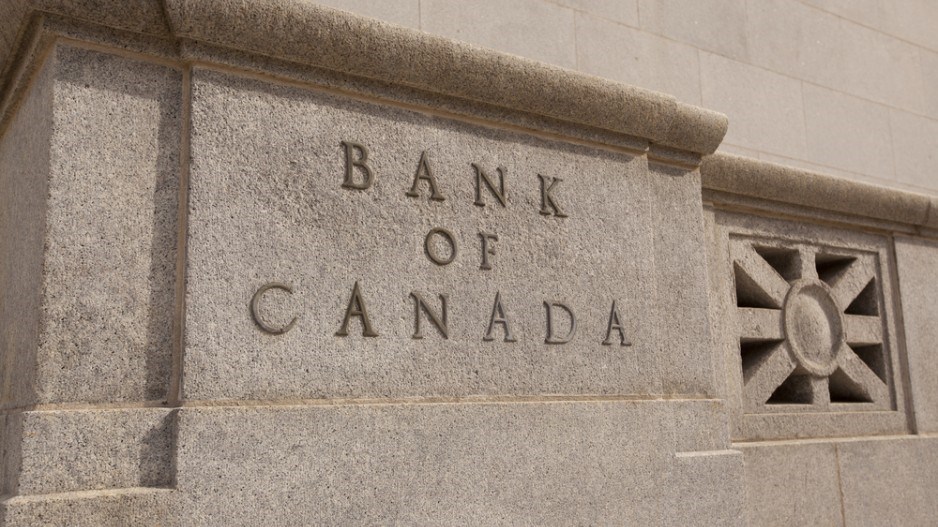The Bank of Canada announced September 6 it was raising the overnight lending rate another 25 basis points to 1%, saying recent economic growth has exceeded expectations.
This was only the second time in seven years the Bank raised the rate; the first time was July 12 when it boosted the rate to 0.75% from 0.5%, where it had sat since July 2015.
“Today’s decision could have easily gone either way, but the robust run of economic growth left the Bank of Canada moving to remove some of the stimulus right away, rather than waiting for the communication opportunities that would have been afforded at their next decision six weeks from now,” TD senior economist Brian DePratto said in a note to investors.
“Indeed, Canada’s economy has been coming in hot of late, with emergency level interest rates no longer warranted.”
Canadian GDP growth expanded more quickly than expects, the Bank said. As well, consumer spending – boosted by strong employment and income growth – has been “robust,” and business investment and exports have been increasing, the Bank said, which has all contributed to economic growth that exceeded analysts’ expectations.
The Bank said the housing market is cooling in some markets as a result of changes to mortgage policies, and this is one reason a moderation in the rate of growth is expected in the second half of 2017.
Global economic growth has been stronger than expected, as evidenced in part by higher industrial commodity prices, but geopolitical risks and trade and fiscal policy uncertainties remain high.
Inflation remains under the 2% target. Total CPI and the Bank of Canada’s core inflation measures have increased slightly, but the labour market still has excess capacity
Going forward, the Bank said it is going to look at how the labour market is evolving before making future rate changes.
“Furthermore, given elevated household indebtedness, close attention will be paid to the sensitivity of the economy to higher interest rates,” the central bank said in a press release.
The Canadian dollar briefly broke through the 82-cent mark relative to the U.S. dollar after the Bank of Canada’s announcement. As of press time, the dollar was trading at 81.9 cents U.S.
@EmmaHampelBIV




